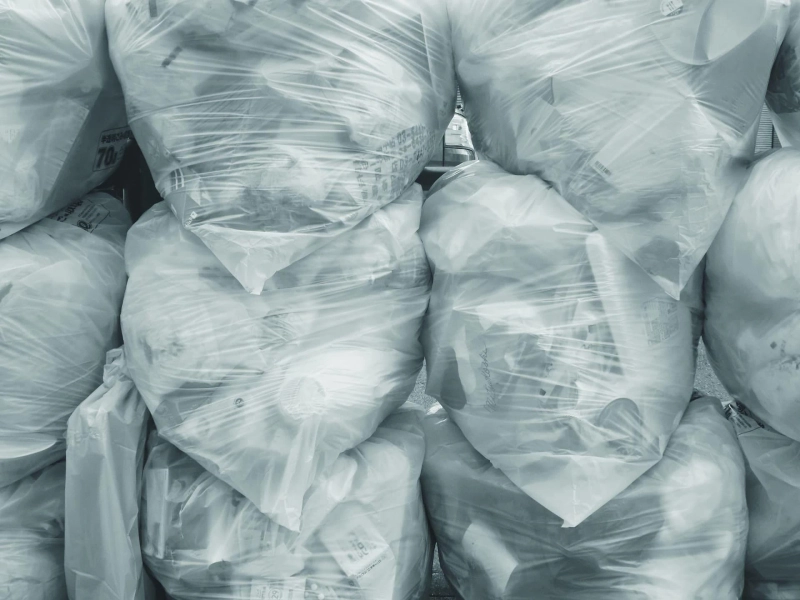Have you ever thought about what happens to the waste generated at hospitals and other healthcare facilities? Well, they are handed over to a logistics service provider, who makes sure that the bio-hazardous waste is properly transported to the treatment plants and properly sterilized and taken care of. Not all logistics service providers handle biohazard waste because of the danger it presents. But, almost all the hospital and healthcare service providers have struck partnerships with reputed logistics service providers to take care of the waste material. The reason why most of the logistics companies stay away from is due to the immense amount of time, effort, and equipment needed to transport the biohazard waste. Now, let us look at how biohazard waste is transported.
How biomedical waste is transported
Sometimes, the biomedical waste treatment plant can be far away, if so, then the waste material is transported by ships, if not by truck or even by air. But, before being ready for transportation a lot of stuff happens in the background.
1. Categorizing the Waste Material
Biohazard waste material is categorized into main sections A and B. Category A houses waste material that is still capable of causing infections, and Category B houses materials that can cause infections in animals and not in humans. It is this high-risk element that prevents most logistics companies from handling biohazard waste. Because a small fault from the company can have consequences that affect multiple continents across the globe.
2. Packaging and Labeling
Biohazard waste materials are packed in specialized containers that are put through a lot of stress tests to make sure they can reach the final destination, the sterilization plant in one piece. There are strict protocols that determine how much material can be transported at once, increasing the load on the logistics provider, as they will be needed to make multiple trips to deliver all the quantity to the sterilization plant. The containers should also be properly marked with the biohazard sticker and mention the category of the waste material that is housed inside. The containers will be leakproof, shockproof, and water-tight. All the containers will be covered in a special type of plastic bag to contain any leaks that may happen.
3. Tracking
Tracking is an important stage to let the healthcare facility and the government know where the waste is at a period of time. Tracking information is a must and once the waste material arrives at the sterilization plant, it must be updated both electronically as well as the documents should be signed.
4. Inspection
The containers have to be inspected from time to time, to make sure that they have a proper seal to avoid any leakage into the surroundings as it can lead to the eruption of a pandemic. Once the inspection is over, the sterilization plant can move forward with its duties to properly take care of the biohazard waste.
Conclusion
Handling biohazard waste is not as scary or dangerous as many conceive it to be. Having the right set of knowledge and tools and years of experience transporting biohazard material from one place to another is not a big hassle. Always remember to follow safety protocols, with routine safety checks at regular intervals. The staff should also be given proper training, on how to handle the process, and also to take action in the needed time to negate the risk of a breakout. Most often once the biohazard wastes are loaded into the containers there is no need for any doubt or tension, as the containers are properly tested, they are ever more efficient than the time they were introduced, as they underwent numerous structural changes to ensure maximum safety.
0



